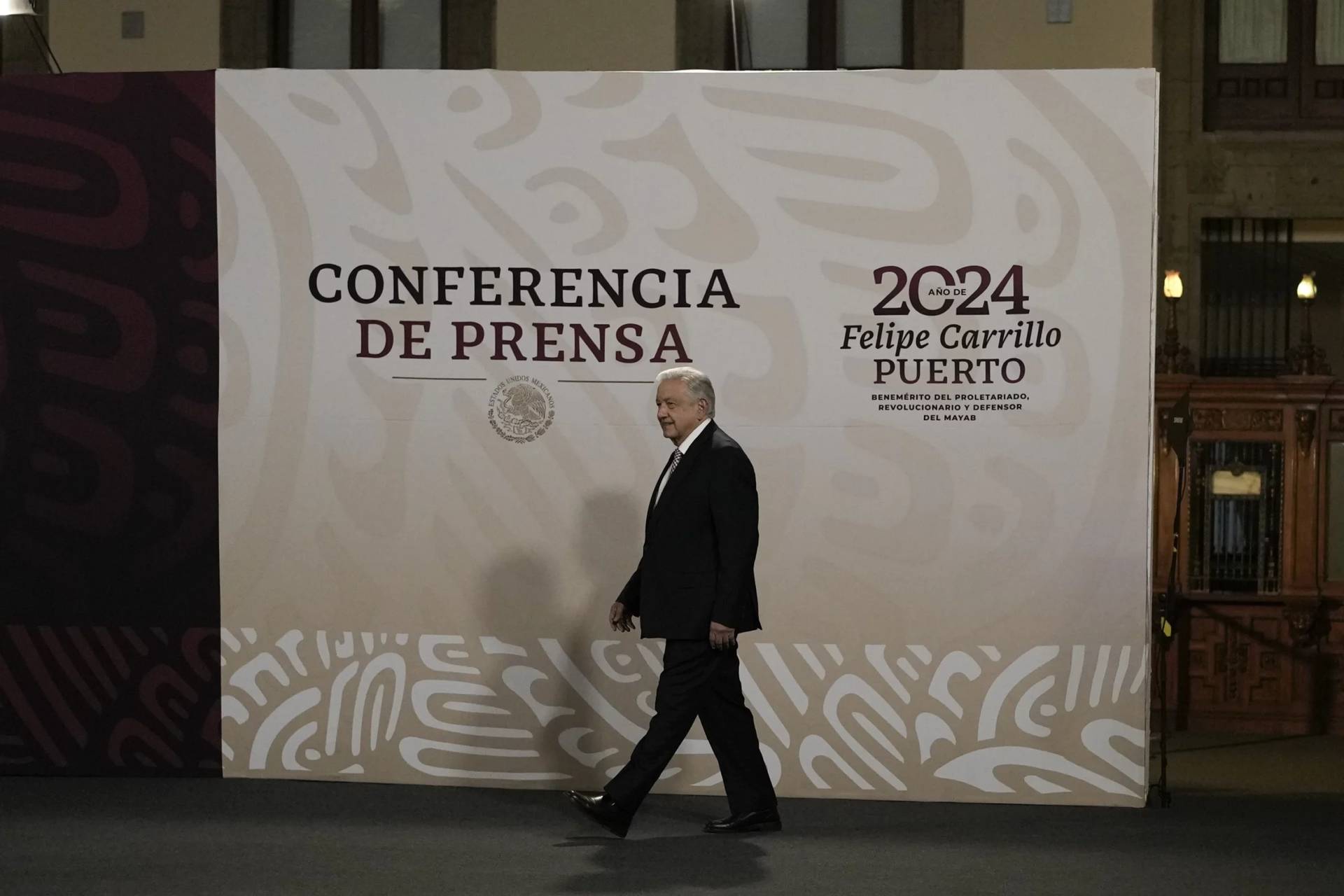ROME – Judging by past performance, it would seem Pope Francis enjoys creating new cardinals. So far, he’s held one consistory, the event in which that happens, during each full year of his papacy, which would mean that if things hold to form, there could be one before the end of 2018 as well.
On Tuesday, Cardinal Paolo Romeo, the former archbishop of Palermo, Sicily, turned 80, meaning he’s no longer an “elector,” meaning a cardinal eligible to vote for the next pope. He’s one of six cardinals who will age out between now and June, with the others being:
- March 6: Cardinal Francesco Coccopalmerio, Italy
- March 17: Cardinal Keith O’Brien of Scotland, United Kingdom (In March 2015, O’Brien lost his right to participate in a conclave, in consistories, and in meetings reserved only to the College of Cardinals.)
- March 29: Cardinal Manuel Monteiro de Castro, Portugal
- April 1: Cardinal Pierre Nguyễn Văn Nhơn, Vietnam
- June 8: Cardinal Angelo Amato, Italy
Those birthdays mean that should Francis choose to hold a consistory sometime over the summer, and, if he elects to retain the limit of 120 cardinal electors established by Blessed Pope Paul VI, he could name six new Princes of the Church.
If he’s going to hold a consistory in 2018, there would be no calendrical motive for waiting, since a cardinal doesn’t cross the age threshold again until Mexican Cardinal Alberto Suárez Inda in January. In theory, that would allow Francis to stage a small consistory around June 29, one of the traditional dates for the event, which is the feast of Sts. Peter and Paul.
Francis could, however, elect to wait until later in the year, perhaps taking advantage of the Synod of Bishops on youth and discernment in October, when at least some cardinals will already be in Rome and he could save them an extra trip.
Should Francis instead choose to skip 2018 entirely, and wait until October 2019, by that stage he could hold a fairly robust consistory of fifteen red hats, since by that stage nine more cardinals will have aged out:
- Cardinal Orlando Beltran Quevedo, Philippines
- Cardinal Edwin O’Brien, United States
- Cardinal Stanislaw DZiwisz, Poland
- Cardinal John Tong Hon, China
- Cardinal Sean Baptist Brady, Ireland
- Cardinal Laurent Monsengwo Pasiyna, Democratic Republic of Congo
- Cardinal Zenon Grocholewski, Poland
- Cardinal Edoardo Manichelli, Italy
- Cardinal Telephore Placidus Toppo, India
No matter when it happens, the distribution of red hats always alters the balance of power within the College of Cardinals. At the moment, 49 cardinal electors (41 percent) have been named by Pope Francis, 52 (43 percent) appointed by Benedict XVI, and 19 (16 percent) appointed by John Paul II.
Slowly but surely, in other words, Francis is coming closer to having a majority in the College of Cardinals that are his picks.
In terms of who might be in line for the next set of red hats, it’s become a much more difficult calculus under Pope Francis than in the past, when one could simply make a list of major Vatican positions and major archdioceses around the world currently occupied by non-cardinals, and project those men as the most likely nominees.
With Francis, that’s not so easy, because he has a penchant for surprise – bypassing established centers of ecclesiastical power and reaching out to the “peripheries.” So far he’s created cardinals from 15 countries that never had one before, such as Myanmar, Central African Republic, Bangladesh and Tonga.
Nevertheless, looking ahead to the next consistory, there are a few figures on the Catholic landscape who would appear to have better-than-even odds.
For instance, Archbishop Luis Ladaria of Spain was named in 2017 as prefect of the Congregation for the Doctrine of the Faith, a Vatican department traditionally so all-important it was known as La Suprema, meaning the “supreme.” Although Francis does not rely on the congregation quite as much as some of his predecessors for doctrinal insights, nevertheless, even on his more relaxed and informal watch, it would seem just a bit jarring if the head of the congregation were passed over for a red hat.
(For bonus points, Ladaria is also a Jesuit, a member of the pope’s own religious order.)
On a handicapping sheet, another good bet would seem to be Archbishop Michel Aupetit of Paris, appointed by Francis to the post in late 2017. Although Francis clearly doesn’t like the idea that certain jobs in the Church come with the entitlement to a red hat, Paris is one of those lynchpin dioceses around the world that generally get one, and the occupant of the position has a leadership role throughout the French-speaking Church.
On the subject of the peripheries, Francis could very well choose to tap Major Archbishop Sviatoslav Shevchuk of Ukraine’s Greek Catholic Church. The appointment would make a degree of sense, as Cardinal Lubomyr Husar, who held the same position, died in 2017. Further, the selection of Shevchuck would not only be a nod to the Eastern churches, but also to a country that’s still suffering the effects of a bitter war in its eastern regions bordering Russia.
In the United States, perhaps the most obvious cardinal-in-waiting is Archbishop Jose Gomez of Los Angeles, another one of those mega-dioceses, who would also become the first Hispanic cardinal in the history of the American church.
However, Francis has already named two American cardinals (Blase Cupich in Chicago and Joseph Tobin in Newark, N.J.), and given the widespread feeling that America is already over-represented in the College of Cardinals, it’s by no means assured that Gomez would be selected. At the moment, there are a total of 16 American cardinals, with 10 being under 80 and therefore still eligible to vote for the next pope.
The truth of the matter, however, is that with Francis, one never really knows who might make the cut, which is what makes his consistories such a fascinating exercise.











